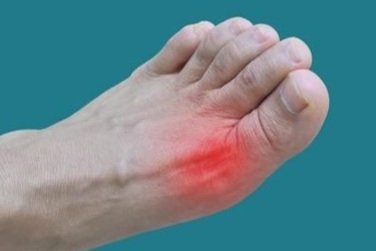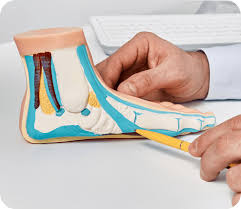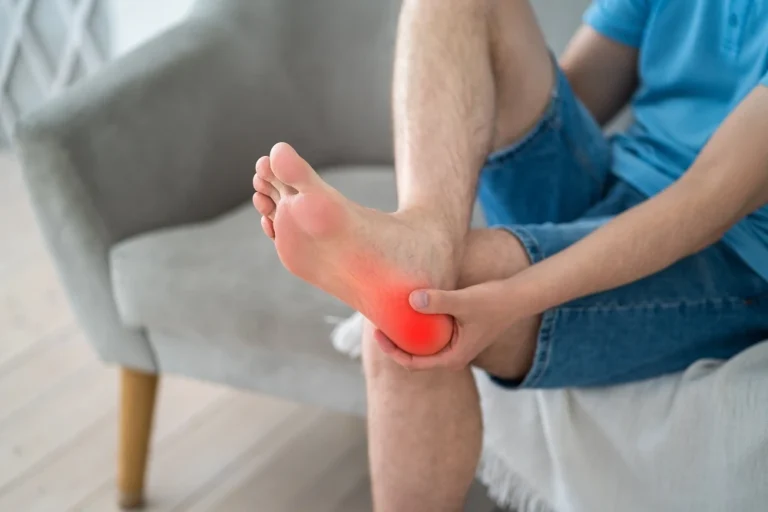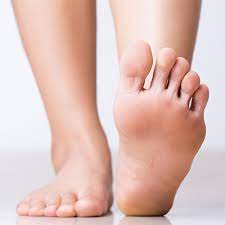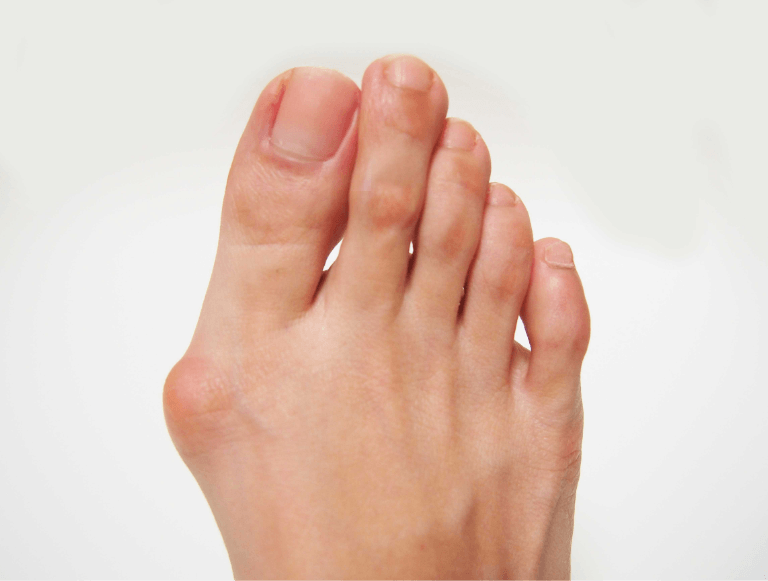How to Care for and Prevent Ankle Injuries

Ankle injuries often occur during sports, exercise, or even due to a misstep on uneven terrain. Understanding how to care for and prevent an ankle injury is key to maintaining mobility and avoiding prolonged discomfort. Let’s examine helpful prevention tips and outline effective treatment options for ankle injuries.
Common Types of Ankle Injuries
An ankle injury can be categorized into three broad types.
- Sprains: These are caused by the overstretching or tearing of ligaments. They often result when the foot twists or rolls beyond its natural range of motion.
- Strains: Strains occur when muscles or tendons surrounding the ankle are overstretched or torn, often during repetitive physical activity or sudden movements.
- Fractures: Fractures involve a break in one or more bones in the ankle joint. This type of injury typically results from significant trauma, such as a fall or direct impact.
Each type of injury varies in severity but requires prompt attention to avoid further complications.
Preventing Ankle Injuries
Wearing appropriate footwear tailored to the activity is a helpful strategy. Supportive shoes with the right fit and grip enable stability, reducing the likelihood of slips or twists. Warming up before exercise is also a key practice to prepare the muscles and tendons for activity. This can involve dynamic stretches or light physical activity.
Stretching regularly is another key prevention method. Stretching exercises promote flexibility in the tendons, ligaments, and muscles, helping to minimize strain during physical movements. Maintaining a healthy weight to reduce the stress placed on your ankles is also helpful, particularly for lowering joint pressure. Be cautious when moving across uneven surfaces to avoid sudden missteps or falls.
Accidents can still occur, and it is key to understand the signs and symptoms of a potential ankle injury. These include swelling, pain, tenderness, bruising, stiffness, and difficulty bearing weight on the affected ankle. If you experience any of these symptoms after physical activity or an accident, it is key to seek medical attention immediately.
Caring for Ankle Injuries
Effective care for ankle injuries begins with immediate action and continues with tailored recovery approaches. The R.I.C.E method is a reliable way to manage initial symptoms. This includes resting to reduce strain, applying ice packs to minimize swelling, using compression to provide support, and elevating the ankle to improve blood flow.
Beyond immediate care, physical therapy is key in regaining strength and mobility. Exercises like controlled stretches and range-of-motion activities may help rebuild flexibility and restore normal function. Pain management through over-the-counter or prescription medications may also be necessary in some instances.
For severe injuries such as fractures or significant ligament tears, immobilization is often required. Braces or casts help to stabilize and protect the affected area during recovery. If immobilization or conservative treatments are insufficient, surgical options may be required to repair the damage. Consulting with a podiatrist or orthopedic specialist is key for determining the appropriate action.
Schedule Your Ankle Injury Evaluation Today
Caring for your ankles is fundamental to staying active. Preventing injuries through practical habits aids long-term joint health, while proper care reduces the risk of chronic issues. Should you experience an ankle injury, seeking professional advice is key for accurate diagnosis and effective treatment. Book an appointment with a podiatrist or medical professional to evaluate your ankle health and develop a tailored care plan.
- What to Expect When Visiting a Foot and Ankle Specialist
- Causes of PTSD
- The Link Between Plantar Fasciitis and Weight Gain: What You Need to Know
- How Pet Ownership Can Positively Impact Life with Fibromyalgia
- The Importance of Stretching and Flexibility in Sports Medicine
Dr. Emma Green is a health and wellness expert with over 10 years of experience in nutrition and fitness. Passionate about helping others live their healthiest lives, Dr. Green shares practical advice on wellness, nutrition, and sustainable living through LivingSpristine.


